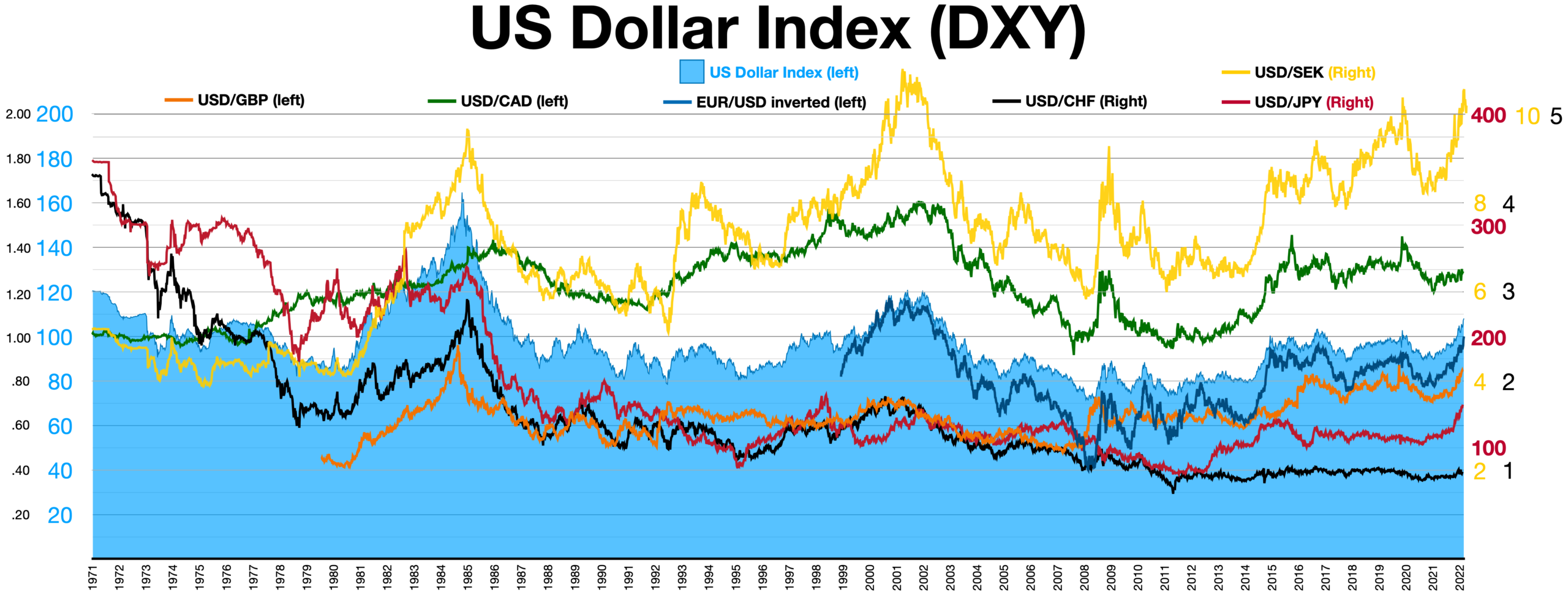Television has undergone a remarkable transformation over the decades, evolving from simple black-and-white broadcasts to the high-definition streaming services we enjoy today. This article explores the key milestones in the evolution of television, highlighting how technology and changing viewer habits have shaped the way we consume content.

The Birth of Television
Early Beginnings
Television began in the early 20th century, with experiments in transmitting images over the airwaves. The first public demonstration of a television system occurred in 1927, but it wasn’t until the late 1930s that commercial broadcasts began.
The Golden Age of Television
The 1950s marked the Golden Age of Television, with shows like I Love Lucy and The Ed Sullivan Show captivating audiences. This era solidified television as a primary source of entertainment, with families gathering around their sets for evening viewing.
The Rise of Cable Television
Introduction of Cable
In the 1970s, cable television began to emerge, offering viewers more channels and content. This expansion allowed for specialized programming, such as news, sports, and entertainment channels. Networks like HBO and CNN changed the landscape by providing premium content and 24-hour news coverage.
The Impact of Cable
Cable television brought increased competition and diversity in programming. It allowed for niche channels that catered to specific interests, from cooking shows to reality TV. The introduction of cable also shifted advertising strategies, as networks targeted specific demographics with tailored content.
The Transition to Digital
Digital Revolution
The late 1990s and early 2000s saw a transition from analog to digital broadcasting. This shift improved picture and sound quality, enabling high-definition (HD) programming. Digital television also allowed for more channels to be transmitted over the same bandwidth.
The Growth of DVR
Digital Video Recorders (DVRs) changed how viewers consumed content. With DVR technology, audiences could record shows to watch later, allowing for greater flexibility in viewing schedules. This innovation contributed to the decline of traditional viewing habits, as audiences no longer had to watch programs live.
The Streaming Revolution
Emergence of Streaming Services
The late 2000s marked the beginning of the streaming revolution. Platforms like Netflix, Hulu, and Amazon Prime Video began offering on-demand content, allowing viewers to watch shows and movies at their convenience. This shift fundamentally changed the way audiences engaged with television.
Binge-Watching Culture
With the rise of streaming services, binge-watching became a popular phenomenon. Viewers could consume entire seasons of shows in one sitting, leading to a shift in storytelling and pacing. Series like Stranger Things and The Crown capitalized on this trend, releasing all episodes at once to maximize viewer engagement.
The Impact of Technology
Smart TVs and Mobile Viewing
The introduction of smart TVs further revolutionized how we watch television. These devices allow viewers to access streaming platforms directly, eliminating the need for separate devices. Additionally, mobile devices have made it possible to watch shows on the go, increasing accessibility and convenience.
Interactive Content
The evolution of technology has also led to interactive content, such as choose-your-own-adventure shows like Black Mirror: Bandersnatch. This innovative format engages viewers in new ways, allowing them to influence the storyline and experience a more personalized viewing experience.
The Future of Television
Continued Innovation
As technology advances, the future of television looks promising. Virtual reality (VR) and augmented reality (AR) are emerging trends that could transform how we experience storytelling. These technologies offer immersive experiences that could redefine viewer engagement.
Changing Business Models
The television landscape continues to evolve with changes in business models. Subscription-based services, ad-supported platforms, and even free streaming options are reshaping how content is monetized. This competition drives innovation and encourages platforms to provide high-quality programming.
Conclusion
The evolution of television from cable to streaming represents a significant shift in how we consume content. As technology advances and viewing habits change, the television landscape will continue to transform. Understanding this evolution helps us appreciate the diverse ways we engage with stories and entertainment today, as we embrace new formats and experiences in the world of television.









